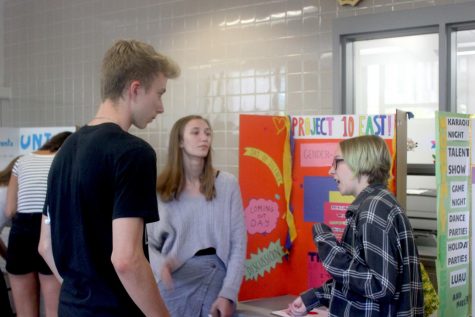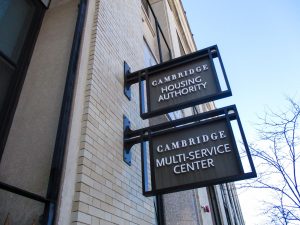Extracurricular, Extra Benefit
After School Activities Are Important
December 19, 2017
Imagine if CRLS offered no extracurricular activities. No clubs, athletic teams, or opportunities to practice music or theatre. Whether it means being a member of yearbook club or playing for CRLS’ football team, extracurriculars are a significant part of many students’ high school experiences. As a foreign exchange student from Sweden, I had never experienced extracurriculars before I started going to CRLS. Having this perspective, I would like to encourage students to truly appreciate the activities that the school has to offer.
Rindge offers over 50 different clubs and 32 athletic teams, which means that no matter what interests you may have, the chances of finding a place at school to practice a hobby are high. In contrast to this, the public high schools in my home country offer no extracurriculars at all. If students wish to play a sport, participate in theatre, learn an instrument, or develop their artistic abilities, they must enroll in private programs outside of school. The median cost for playing tennis is around $600 per year, according to research by the Swedish Sports Confederation—excluding the cost of gear.
Extracurriculars here at CRLS are free, making activities much more accessible. Apart from the opportunity to learn a new skill or meet friends, extracurriculars can also be a powerful tool for dealing with stress. According to the Anxiety and Depression Association of America, physical activity is proven to reduce stress by decreasing tension levels, elevating and stabilizing mood, and improving sleep and even self-esteem. This makes school athletic teams very important from a health perspective.

At the beginning of each year, clubs recruit new members at Club Day.
Some may say that high school is about the academics and should therefore be structured in a way that students are able to learn in the best possible way. Despite the benefits of the activities that CRLS offers, participation in extracurriculars takes a lot of time and effort. Most athletic teams have practice at least five times a week, and other activities, such as music ensembles or theatre groups, require a lot of time for rehearsals as well as individual practice. Does this mean that extracurriculars are a threat to a student’s academic performance?
According to research done by the U.S. Department of Education, this is not the case. The study shows that students who participate in after-school activities have better grades in general and that they are taking advantage of the activities’ opportunities more compared to students that do not. Furthermore, participation in extracurriculars is proven to be connected to fewer incidents of drug use and violence. As long as a good balance is held between academics and hobbies, students seem to benefit from participating in extracurriculars.
Students at CRLS: Make sure not to take extracurriculars for granted. Extracurriculars can not only help you get into your college of choice and be a way of earning PE credit, but they are also an incredible resource at school that allow students to try new things, destress, meet new people, and have a great time while doing so.
This piece also appears in our December print edition.









